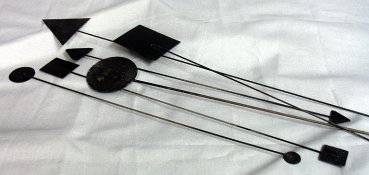- Joined
- Sep 19, 2011
- Messages
- 28
- Format
- 35mm
Hi All,
So I feel really silly asking this question but it's been bugging me.
How do people use those dodging tools that are like regular little shapes on sticks?
I have been using cut out masks to dodge and am struggling to figure out the point of those dodging tools. The areas I find myself dodging are very rarely a circle or a square or a star or whatever. Do you sort of play it over the area moving it back and forth?
If so, how do you get a handle on what say a 10 second dodge actually means exposure wise given that the tool is only over a certain part of the image for part of the total dodge time?
Reading on here and elsewhere though, they seem really common and cut out masks seem to be just a weird hassle that people try to avoid. I'm just a bit puzzled as to what people are actually doing with them!
So I feel really silly asking this question but it's been bugging me.
How do people use those dodging tools that are like regular little shapes on sticks?
I have been using cut out masks to dodge and am struggling to figure out the point of those dodging tools. The areas I find myself dodging are very rarely a circle or a square or a star or whatever. Do you sort of play it over the area moving it back and forth?
If so, how do you get a handle on what say a 10 second dodge actually means exposure wise given that the tool is only over a certain part of the image for part of the total dodge time?
Reading on here and elsewhere though, they seem really common and cut out masks seem to be just a weird hassle that people try to avoid. I'm just a bit puzzled as to what people are actually doing with them!






